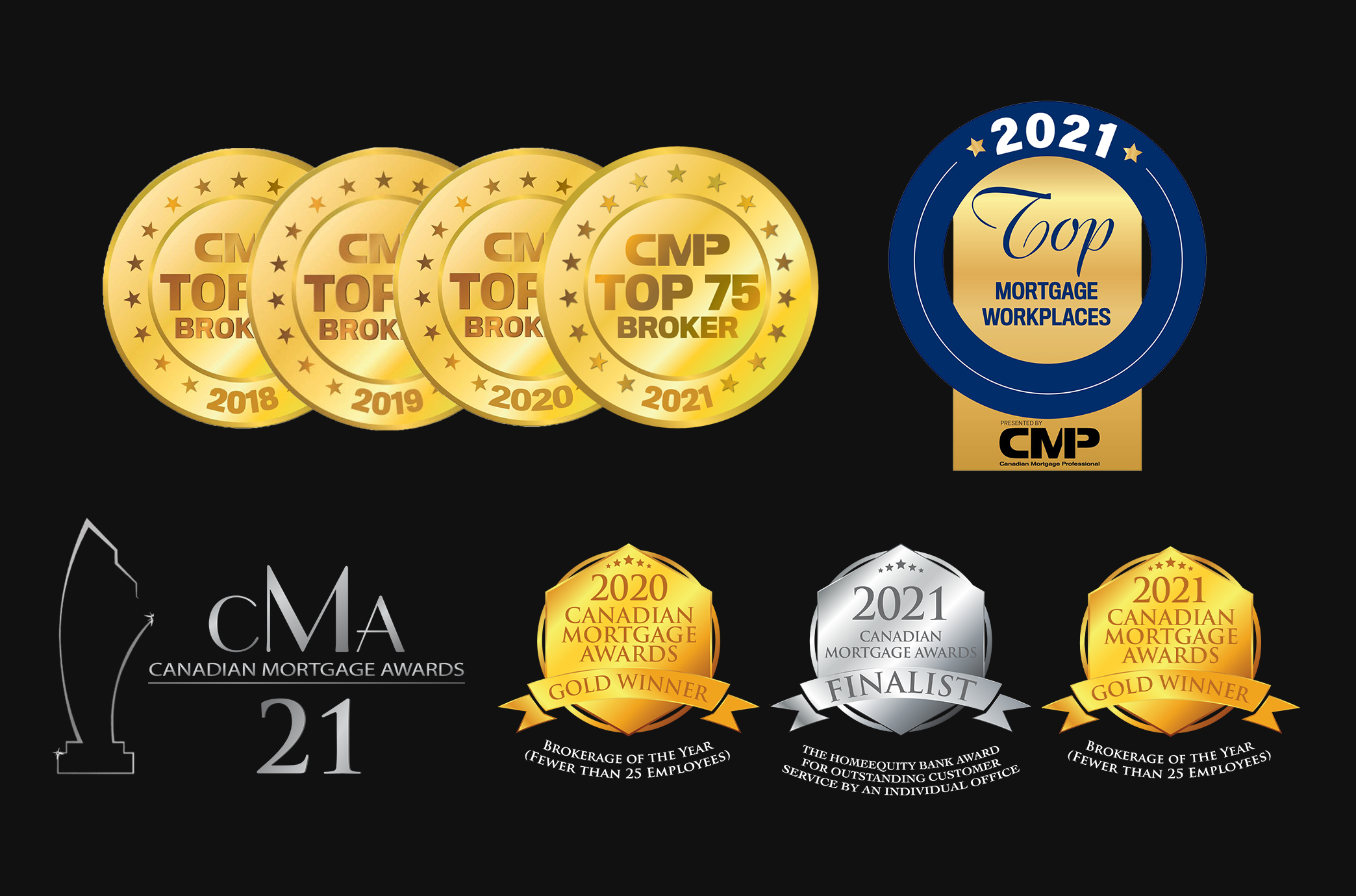Great Mortgages. The Right Insurance. Expert Advice.
High interest rates mean you don’t want to be late if you pay income tax by instalments
Beware the ides of March.
This is especially true this March 15 if you’re one of the estimated two million Canadians required to pay tax by instalments. The upcoming instalment date is when the first of four payments for the 2023 tax year is due. And because of the recent dramatic rise in interest rates, you don’t want to be late, or you could be hit with arrears interest at the highest rate we’ve seen in more than 15 years.
But before looking at how the latest rate hike could impact late or missing tax payments, let’s briefly review our tax instalment system, including each of the three methods for calculating your required quarterly instalments.
Under the Income Tax Act, quarterly tax instalments are required for this tax year if your balance due for 2023 will be more than $3,000 ($1,800 for Quebec tax filers) and was greater than $3,000 ($1,800 for Quebec) in either 2022 or 2021.
The three options that can be used to determine how much you need to pay each quarter are: the no-calculation option, the prior-year option and the current-year option. Taxpayers are free to choose the option that results in the lowest payments. But if you choose to pay less than the no-calculation option, you could face instalment interest, and possibly even a penalty, if your payments are too low or late.
Under the no-calculation option, the Canada Revenue Agency calculates your March 2023 and June 2023 instalments based on 25 per cent of the balance due from your 2021 assessed return. The Sept. 15 and Dec. 15, 2023, instalments are then calculated as 50 per cent of the balance due from your 2022 return minus the March and June instalments already paid.
The prior-year option bases the calculation solely on last year’s balance due, and your four 2023 instalments are each one quarter of the 2022 balance due. This option is best if your 2023 income, deductions and credits will be similar to 2022, but significantly lower than in 2021, perhaps because you sold some securities in 2021 and reported large capital gains in that year.
Finally, under the current-year method, you can choose to base this year’s instalments on the amount of estimated tax you think you will owe for this year (2023), and pay a quarter of the estimated amount on each instalment date. This option is useful if your 2023 income will be significantly less than in 2022. But it’s also the riskiest method because if you’re wrong, you can end up being charged instalment interest, compounded daily at the prescribed interest rate, and an instalment penalty if the instalment interest is more than $1,000.
The reason to be more concerned this year than in recent memory about missing or making a deficient March 15 instalment is because the prescribed rate is set to rise yet again on April 1. The prescribed rate is set quarterly and is tied directly to the yield on Government of Canada three-month Treasury bills, but with a lag.
The calculation is based on a formula in the Income Tax Regulations, and it takes the simple average of three-month Treasury bills for the first month of the preceding quarter rounded up to the next highest whole percentage point (if not already a whole number).
To calculate the rate for the upcoming quarter (April 1 through June 30, 2023), you look at the first month of the current quarter (January 2023) and take the average of the three-month T-bill yields, which were 4.3563 per cent (Jan. 5) and 4.4456 per cent (Jan. 19). That average is 4.401 per cent, but when rounded up to the nearest whole percentage point, we get five per cent for the new prescribed rate for the second quarter of 2023. Contrast this with the historically low rate of one per cent we had between July 1, 2020, and June 30, 2022.
There are, however, three prescribed rates: the base rate, the rate paid for tax refunds and the rate charged for late-paid taxes. The base rate, which is the prescribed rate, and which will be increasing to five per cent (from four per cent) on April 1, applies to taxable benefits for employees and shareholders, low-interest loans and other related-party transactions.
The rate for tax refunds is two percentage points higher than the base rate, meaning that if the Canada Revenue Agency owes you money, the rate of interest will be seven per cent as of April 1. Note, however, that filing your 2022 tax return early won’t necessarily get you that rate on your refund, because the CRA only pays refund interest on amounts it owes you after May 30, assuming you filed by the deadline.
Finally, if you owe the CRA money, which could happen if you haven’t fully paid your balance due on your 2022 tax return by the May 1, 2023, deadline, or if you’re late or deficient in one of your quarterly instalments, then the rate the CRA charges is actually a full four percentage points higher than the base rate. This puts the interest rate on tax debts, penalties, insufficient instalments, unpaid income tax, Canada Pension Plan contributions and Employment Insurance premiums at a whopping nine per cent as of April 1.
Keep in mind that this interest is compounded daily, and is not tax deductible. For example, if you’re a resident of Newfoundland and Labrador and in the highest 2023 tax bracket of 55 per cent, that means you’d have to find an investment that earns a guaranteed, pre-tax rate of return of 20 per cent to be better off than paying down your tax debt.
So before thinking twice about ignoring the upcoming March 15 instalment deadline, keep in mind there’s likely no better use of those funds.





